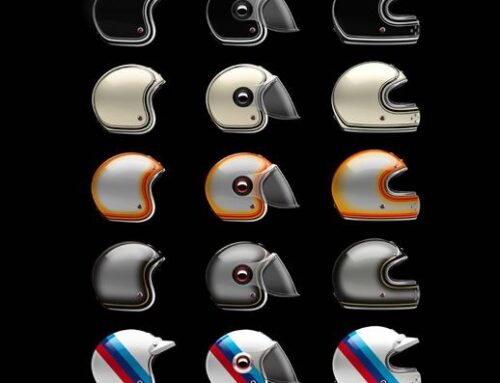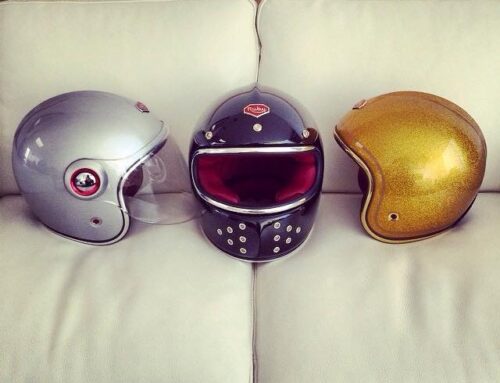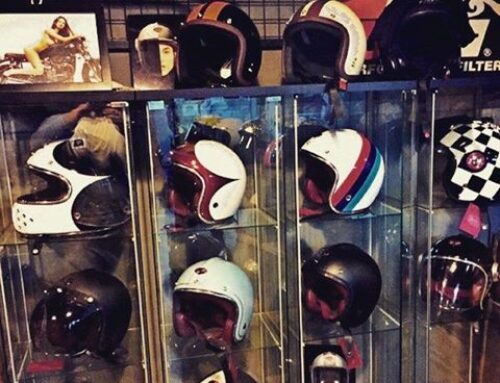When it comes to motorcycle safety gear, a helmet is perhaps the most critical piece of equipment that a rider should invest in. Among the various types of motorcycle helmets available, the jet helmet stands out as a popular choice for many riders. In this article, we will delve into what a jet helmet is, its unique features, advantages, and limitations. By understanding the pros and cons of this helmet type, riders can make informed decisions when selecting their headgear for safe and enjoyable riding experiences.
- Understanding the Jet Helmet
The jet helmet, also known as an open-face helmet or 3/4 helmet, is designed to offer head protection while providing riders with an open face experience. Unlike full-face helmets, the jet helmet leaves the chin and lower face exposed, providing a sense of freedom and better airflow. It covers the top, back, and sides of the head, providing adequate protection for most riding conditions.
- Features of a Jet Helmet
a. Shell Material: Jet helmets are typically constructed using lightweight materials such as polycarbonate, fiberglass, or carbon fiber, ensuring comfort during long rides.
b. Visor or Face Shield: Jet helmets come with a built-in visor or face shield that can be easily lifted or removed, allowing riders to adjust for varying weather conditions and better visibility.
c. Ventilation: Jet helmets often feature vents at the front to promote airflow, keeping riders cool during hot weather.
d. Chin Strap: A secure chin strap helps to keep the helmet firmly in place during rides, enhancing safety.
- Advantages of Jet Helmets
a. Enhanced Visibility: Jet helmets offer a wide field of vision, allowing riders to have excellent peripheral awareness of their surroundings.
b. Communication and Interaction: The open-face design facilitates better communication with fellow riders or when interacting with pedestrians and other road users.
c. Comfort and Airflow: Jet helmets are known for their excellent ventilation, providing a more comfortable experience during hot weather conditions.
d. Style and Aesthetics: Many riders appreciate the classic and retro look of jet helmets, which adds to their appeal.
- Limitations of Jet Helmets
a. Reduced Face Protection: The exposed chin and lower face area make jet helmets less protective than full-face helmets, leaving riders vulnerable to facial injuries in certain accidents.
b. Noise and Wind: Jet helmets tend to be noisier and allow more wind to hit the face, causing discomfort during extended high-speed rides.
c. Weather Sensitivity: In adverse weather conditions like rain or cold, jet helmets may not provide the same level of protection and comfort as full-face helmets.
d. Bug and Debris Exposure: Riders are more exposed to bugs, debris, and road particles, which can be distracting and potentially hazardous.
- Choosing the Right Helmet
Selecting the right helmet is a crucial decision for every motorcycle rider. While jet helmets offer several advantages such as enhanced visibility, comfort, and better communication, they may not provide the same level of protection as full-face helmets. The choice of helmet should be based on individual preferences, riding style, and safety priorities.
For riders who prefer a sense of freedom, enjoy city cruising, and prefer better ventilation during rides, a jet helmet could be a suitable option. However, those who prioritize maximum protection and ride at high speeds on highways or challenging terrains might find full-face helmets more suitable.
- Ensuring Safety and Compliance
Regardless of the type of helmet chosen, riders should ensure that their helmets meet safety standards set by relevant authorities. In many countries, helmets must comply with specific safety regulations to provide the necessary protection in case of accidents.
Conclusion
In conclusion, a jet helmet is a popular choice among motorcycle riders due to its open-face design, enhanced visibility, and comfort. However, riders must also consider the reduced facial protection and potential limitations in adverse weather and high-speed riding conditions.
Before selecting a helmet, riders should carefully assess their riding habits, priorities, and the safety features of different helmet types. Regardless of the chosen helmet type, ensuring compliance with safety standards and wearing the appropriate gear is essential for every rider’s safety on the road. By making an informed decision, riders can enjoy their rides with confidence and peace of mind.





